
For a special time in imperial cities, dive into the country’s most important heritage sites and uncover the secrets of glorious dynasties ! Set out on a seven-day tour and let yourself be intrigued by the mysteries !
The stages of this itinerary will introduce you to the four most historical and beautiful cities in Morocco. As soon as you arrive in Marrakesh, set out straightaway to explore the “Red City”. You will visit its architectural treasures, including the Koutoubia mosque and Saadian tomb. A stop in the famous medina will expose you to the local customs and handiwork.
Your next stop is Rabat, right in front of the Atlantic ocean. This place of hospitality invites you to stroll through its palm tree lined streets, and admire the thousand years old vestiges of both Mohamed V Mausoleum and Hassan Tower.
Fez and Meknes will be your final station, on leaving Rabat. Both cities are famously picturesque and unique in their own ways. Fez is the cradle of spirituality with its mysterious and sensational medina, Meknes symbolizes the power of Sultan Moulay Ismail with an enchanting setting epitomized by the Bab-El-Mansour Gate.
While you go through these four uniquely precious cities, be ready to open your arms to few surprises along the way. In the surrounding of Fez and Meknes, admire the imposing ruins of the Roman remains of volubilis, go through Ifrane, the « Little Switzerland », and explore what awaits you in Casablanca’s distinctive history, not far from Rabat and Marrakech.
Morocco is a place packed with admiration and surprising discoveries, Set out for a week and enjoy every single moment in different places that await you with their rich heritage
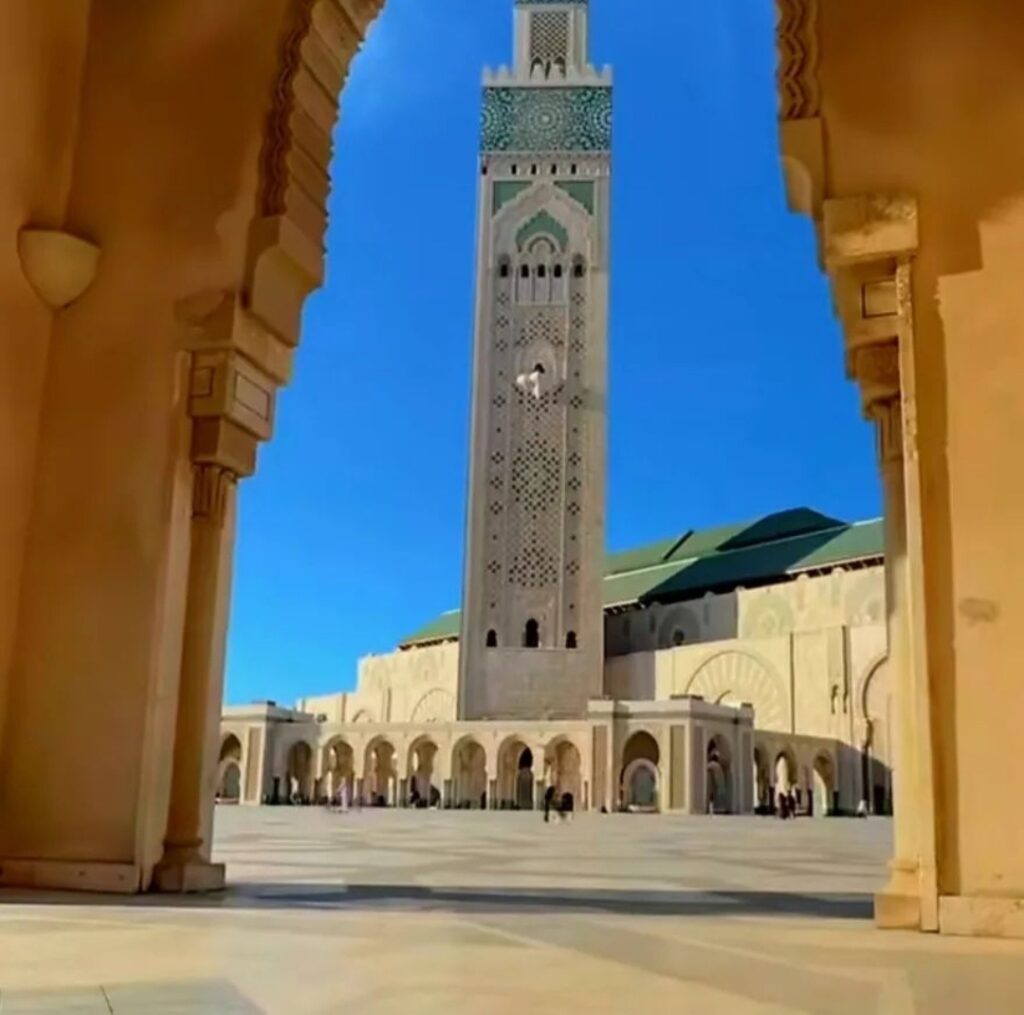
Casablanca, Morocco’s largest city and economic powerhouse, has a rich and dynamic history that reflects the country’s diverse cultural influences and its journey through ancient, colonial, and modern times. Known locally as Dar el-Beida (“White House”), Casablanca is both a historic port city and a symbol of contemporary Morocco.
Historical Timeline of Casablanca
- Ancient Beginnings:
- The site of modern Casablanca has been inhabited since at least the 7th century BC.
- The area was originally settled by the Berbers and later became a part of the Phoenician trade network, linking North Africa with the Mediterranean world.
- During the Roman Empire, a small port known as Anfa emerged, primarily used for trade.
- Rise of Anfa:
- By the 7th century AD, the town of Anfa had become a thriving Berber settlement.
- In the 14th century, under the Marinid dynasty, Anfa grew into a prominent trade center and was known for its independence.
- During the 15th century, Anfa became a base for pirates who raided European ships, prompting a Portuguese invasion in 1468. The city was destroyed but later rebuilt by the Portuguese.
- Portuguese Control (16th Century):
- The Portuguese renamed the city Casa Branca (“White House”).
- They built fortifications, but the city struggled under their rule, and after an earthquake in 1755, the Portuguese abandoned it.
- Rebirth Under Moroccan Rule (18th Century):
- In the late 18th century, Sultan Mohammed ben Abdallah, part of the Alaouite dynasty, rebuilt the city and renamed it Dar el-Beida.
- The city began to flourish again as a trading port, attracting merchants and settlers.
- French Colonial Era (1912-1956):
- Casablanca’s modern transformation began during the French Protectorate in 1912.
- French architect Henri Prost developed the city into a major port with wide boulevards, modern infrastructure, and an organized city layout.
- The city became a hub for industry, trade, and European settlers, rapidly expanding its population and economy.
- World War II:
- Casablanca played a significant role during WWII. It was the site of the Casablanca Conference in 1943, where Allied leaders like Winston Churchill and Franklin D. Roosevelt planned the next phase of the war.
- Post-Independence (1956-Present):
- After Morocco gained independence in 1956, Casablanca emerged as the nation’s economic and financial hub.
- The city became a symbol of modernity, with a skyline of towering buildings, bustling markets, and a cosmopolitan atmosphere.
Cultural and Economic Significance
- Economic Powerhouse:
- Casablanca is the financial and industrial heart of Morocco, hosting the country’s largest port and many international companies.
- It is home to the Casablanca Stock Exchange, one of Africa’s largest.
- Cultural Diversity:
- The city reflects a blend of Berber, Arab, French, and international influences.
- Its architecture features traditional Moroccan styles alongside modern and Art Deco buildings from the colonial period.
Key Landmarks and Attractions
- Hassan II Mosque:
- One of the largest mosques in the world, it features a 210-meter-tall minaret and stunning architecture.
- The mosque extends over the Atlantic Ocean, symbolizing Casablanca’s connection to the sea.
- Old Medina:
- A maze of narrow streets filled with markets, traditional houses, and artisan workshops.
- Place Mohammed V:
- A central square surrounded by colonial-era buildings, including the Palace of Justice and the Wilaya building.
- Habous Quarter:
- A neighborhood showcasing traditional Moroccan architecture with modern influences, famous for its souks and artisan shops.
- Corniche:
- A coastal promenade lined with restaurants, cafes, and beaches, offering views of the Atlantic Ocean.
- Art Deco Architecture:
- The legacy of French colonial rule is evident in the city’s Art Deco buildings, particularly in downtown Casablanca.
Casablanca in Popular Culture
- Casablanca gained international fame through the classic 1942 Hollywood film “Casablanca”, although it was filmed in studios in Los Angeles.
- The movie’s romantic and adventurous themes have forever linked the city with glamour and intrigue.
Modern Casablanca
Today, Casablanca is a dynamic metropolis blending modernity with tradition. It continues to attract people from across Morocco and the world, offering a mix of business opportunities, cultural experiences, and urban sophistication.
Casablanca’s story is one of resilience and reinvention, evolving from a small Berber settlement to a bustling global city that embodies the spirit of contemporary Morocco.

Rabat, the capital city of Morocco, is a city steeped in history, blending ancient traditions with modernity. It is located on the Atlantic Ocean at the mouth of the Bouregreg River, directly across from its twin city, Salé. As a UNESCO World Heritage site, Rabat is a treasure trove of historical and cultural landmarks.
The Story of Rabat
- Founding and Early History:
- The area around Rabat has been inhabited since antiquity, with early settlements established by the Phoenicians and later by the Carthaginians.
- The Romans built a settlement, Sala Colonia, near modern Rabat. Its ruins, known as Chellah, remain a key archaeological site.
- Medieval Period:
- Rabat rose to prominence in the 12th century when the Almohad Sultan Abd al-Mu’min established a fortress and named it Ribat al-Fath (“Fortress of Victory”).
- His successor, Sultan Yacoub al-Mansour, began constructing an ambitious mosque and the Hassan Tower, which would have been the world’s largest. However, his death in 1199 halted its completion.
- The Corsair Republic:
- In the 17th century, Rabat and its neighbor Salé became havens for pirates, forming the autonomous Republic of Bouregreg.
- Corsairs launched raids on European ships and settlements, making the region infamous for its maritime exploits.
- Modern Era:
- In 1912, Rabat became the administrative capital under French colonial rule. This designation helped shape its development into a modern city with European-style infrastructure.
- Following Morocco’s independence in 1956, Rabat retained its status as the capital.
Key Attractions in Rabat
- Hassan Tower and Mausoleum of Mohammed V:
- The Hassan Tower is an incomplete minaret from the Almohad era.
- Adjacent to it is the stunning Mausoleum of Mohammed V, housing the tombs of the Moroccan king and his sons.
- Chellah:
- This ancient necropolis contains Roman ruins and later Islamic structures.
- It is a peaceful spot with lush gardens and stork nests.
- Kasbah of the Udayas:
- A fortified area overlooking the Atlantic, the Kasbah features narrow streets, blue-and-white painted walls, and Andalusian Gardens.
- It offers stunning views of the ocean and the Bouregreg River.
- Rabat Medina:
- The old city is less chaotic than other Moroccan medinas, with its souks offering handicrafts, textiles, and traditional goods.
- Royal Palace of Rabat (Dar al-Makhzen):
- The official residence of the King of Morocco, it is a symbol of Moroccan sovereignty.
- Mohammed VI Museum of Modern and Contemporary Art:
- Showcases Moroccan and international art, reflecting Rabat’s cultural diversity.
- Bouregreg Marina:
- A modern waterfront area offering dining, leisure activities, and scenic views of Rabat and Salé.
Modern Rabat
Rabat is not just a city of historical significance but also a thriving administrative and cultural hub. It has a cosmopolitan vibe with tree-lined boulevards, modern infrastructure, and vibrant arts and music scenes.
Tips for Visiting Rabat
- Transportation: Rabat is well-connected by train and highways to other Moroccan cities. It also has an international airport.
- Best Time to Visit: Spring (March-May) and fall (September-November) offer mild weather and fewer crowds.
- Safety: Rabat is considered one of the safest cities in Morocco, with a relaxed atmosphere compared to Marrakech or Casablanca.
Rabat’s story is one of resilience, blending its illustrious past with a dynamic present, making it a fascinating destination for history enthusiasts and modern travelers alike.
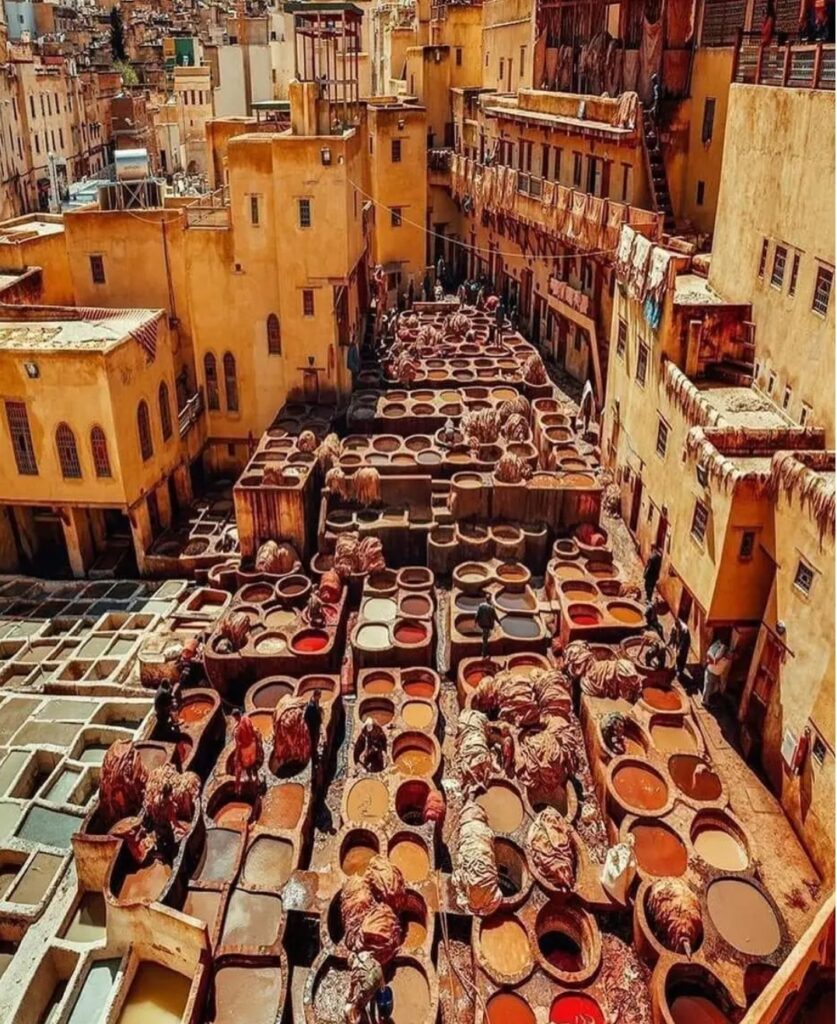
Fes, also spelled Fez, is one of Morocco’s most ancient and historically significant cities. Known as the cultural and spiritual heart of the country, it is home to the world’s oldest university and one of the best-preserved medieval cities in the world. Fes holds a special place in Moroccan history, serving as a center of knowledge, religion, and art for centuries.
Historical Timeline of Fes
- Founding of Fes (789 AD):
- Fes was founded by Idris I, a descendant of the Prophet Muhammad, and the first ruler of the Idrisid dynasty.
- His son, Idris II, continued to develop the city, making it the capital of the Idrisid dynasty in the early 9th century.
- Dual City Formation (9th Century):
- Fes initially consisted of two separate settlements on opposite banks of the Fez River:
- Al-Qarawiyyin: Inhabited by Arab immigrants from Kairouan (modern Tunisia).
- Al-Andalus: Settled by refugees from Andalusia (modern Spain).
- The blending of these communities contributed to Fes’s diverse culture.
- Fes initially consisted of two separate settlements on opposite banks of the Fez River:
- Rise as a Center of Learning (859 AD):
- Fatima al-Fihri, a woman of wealth and vision, founded the University of Al-Qarawiyyin in 859. It is recognized as the oldest continuously operating university in the world by UNESCO and the Guinness World Records.
- Fes became a beacon of Islamic scholarship, attracting students and scholars from across the Islamic world.
- Golden Age (13th-14th Century):
- Under the Marinid dynasty, Fes reached its zenith.
- The Marinids united the two settlements, built stunning madrasas (Islamic schools), and expanded the city walls.
- The Fes el-Bali medina (Old Fes) flourished, becoming one of the largest urban centers of its time.
- Decline and Recovery:
- In the late 16th century, Fes lost its status as Morocco’s political capital to Marrakech under the Saadian dynasty.
- Despite this, it remained a religious and cultural hub, often referred to as the “Mecca of the West.”
- French Protectorate Era (1912-1956):
- When Morocco came under French control, Rabat became the capital, but Fes retained its traditional significance.
- The French established a Ville Nouvelle (New City) in Fes, creating a modern district alongside the ancient medina.
- Post-Independence Era (1956-Present):
- Fes remains a center of traditional Moroccan culture and crafts.
- The medina, Fes el-Bali, was designated a UNESCO World Heritage Site in 1981.
Key Features and Attractions of Fes
- Fes el-Bali:
- The oldest part of the city, Fes el-Bali, is a labyrinth of narrow streets, historic mosques, and bustling souks.
- It is one of the largest car-free urban zones in the world.
- University of Al-Qarawiyyin:
- Originally founded as a mosque, it became a university and remains a prominent institution of Islamic learning.
- Its library houses rare manuscripts and is one of the oldest libraries in the world.
- Madrasa Bou Inania:
- A masterpiece of Marinid architecture, this madrasa features intricate tilework, carved wood, and plaster decorations.
- Chouara Tannery:
- One of the oldest and largest tanneries in Morocco, known for its colorful dyeing pits and traditional leatherworking methods.
- Bab Bou Jeloud (Blue Gate):
- A stunning gateway to the medina, decorated with blue and green tilework symbolizing Fes and Islam.
- Dar Batha Museum:
- A former royal palace converted into a museum showcasing traditional Moroccan arts, including ceramics, textiles,

Marrakech, often called the “Red City” due to its distinct terracotta-colored buildings, is one of Morocco’s most iconic cities. Founded over a millennium ago, it has served as a cultural, political, and economic hub. Its history reflects the rise and fall of dynasties, a fusion of Berber and Arab cultures, and its enduring role as a crossroads for trade and art.
Historical Timeline of Marrakech
- Foundation (1070-1072):
- Marrakech was founded in 1070 by Abu Bakr ibn Umar, a leader of the Almoravid dynasty.
- The Almoravids, a Berber dynasty, established Marrakech as their capital, strategically located on trade routes linking sub-Saharan Africa, the Maghreb, and Europe.
- The city quickly became a center for learning, religion, and commerce.
- Rise as a Political and Religious Center:
- Under the rule of Yusuf ibn Tashfin, Marrakech flourished, with the construction of mosques, madrasas, and an irrigation system (khettara) that transformed the surrounding arid land into fertile gardens.
- The iconic Koutoubia Mosque, whose minaret is a landmark of the city, was built during this period.
- The Almohad Period (1147-1269):
- In 1147, the Almohads, another Berber dynasty, overthrew the Almoravids and made Marrakech their capital.
- The Almohads expanded the city, rebuilt the Koutoubia Mosque, and created vast gardens like the Agdal Gardens.
- Marrakech became one of the most powerful cities in the Islamic world, with influence extending to Spain and sub-Saharan Africa.
- Decline and Revival Under the Saadians (16th Century):
- After the fall of the Almohads, Marrakech declined and lost its status as a capital during the rule of the Marinids, who favored Fes.
- The city was revived in the 16th century under the Saadian dynasty, who made it their capital once again.
- The Saadians built the El Badi Palace, a symbol of their wealth and power, and the Saadian Tombs, a stunning burial site.
- The Alaouite Era (17th Century – Present):
- In 1666, the Alaouite dynasty, Morocco’s current ruling family, gained control of Marrakech.
- The city lost its status as a capital to Meknes and later Rabat, but it remained a key economic and cultural hub.
- The 19th and early 20th centuries saw the construction of notable landmarks, including the Bahia Palace.
- French Protectorate (1912-1956):
- During the French colonial period, Marrakech became a popular destination for European artists, writers, and elites.
- The French developed the Ville Nouvelle (Gueliz), a modern district that coexists with the historic medina.
- Post-Independence (1956-Present):
- After Morocco gained independence in 1956, Marrakech maintained its reputation as a tourist destination, drawing visitors to its historic medina, souks, and cultural festivals.
- In 1985, the medina of Marrakech was designated a UNESCO World Heritage Site.
Key Features and Attractions of Marrakech
- Djemaa el-Fna:
- The heart of Marrakech, this vibrant square is a UNESCO-recognized cultural space.
- By day, it’s a bustling market; by night, it transforms into a hub of street food, music, and storytelling.
- Medina:
- The walled old city is a labyrinth of narrow alleys, souks, riads (traditional houses), and historical landmarks.
- Koutoubia Mosque:
- A masterpiece of Almohad architecture, its minaret is visible from much of the city.
- Saadian Tombs:
- A beautifully restored burial site from the Saadian dynasty, known for its intricate tilework.
- El Badi Palace:
- Once a magnificent Saadian palace, its ruins still convey its former grandeur.
- Bahia Palace:
- A 19th-century palace built for a grand vizier, showcasing Moroccan craftsmanship and design.
- Majorelle Garden:
- A botanical garden designed by French painter Jacques Majorelle and later restored by Yves Saint Laurent.
- Agdal and Menara Gardens:
- Historic gardens that reflect the city’s innovative irrigation techniques.
Cultural and Economic Significance
- Marrakech has long been a cultural melting pot, blending Berber, Arab, and Andalusian influences.
- It has been a major trading center for goods such as spices, textiles, and leather.
- The city is famous for its artisans, who produce traditional crafts like pottery, metalwork, and carpets.
Modern Marrakech
- Today, Marrakech is a vibrant city that bridges the past and present. The medina’s historic charm contrasts with the modern cafes, boutiques, and luxury resorts in Gueliz and Hivernage.
- It is a hub for festivals, including the Marrakech International Film Festival and the Marrakech Popular Arts Festival.
- The city’s economy thrives on tourism, agriculture, and trade.
Interesting Facts
- The name “Marrakech” is derived from the Berber words amur n kush, meaning “Land of God.”
- Marrakech was the origin of the name “Morocco,” as medieval travelers referred to the entire country by the name of its capital city.
- The city’s unique red-hued buildings and walls are made from a mixture of red mud and chalk, giving it the nickname “Red City.”
Marrakech’s blend of history, culture, and vibrancy has made it one of the most beloved cities in Morocco, offering visitors a glimpse into the country’s rich heritage and dynamic present.
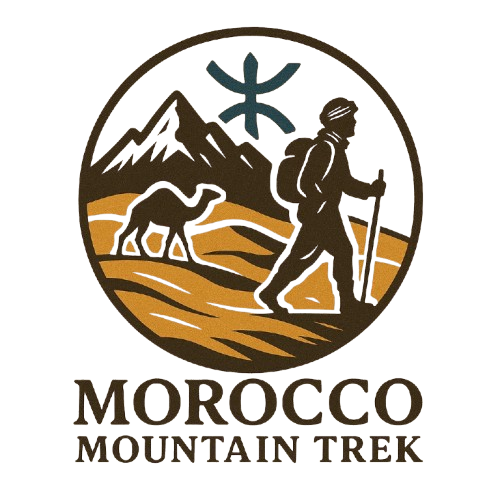
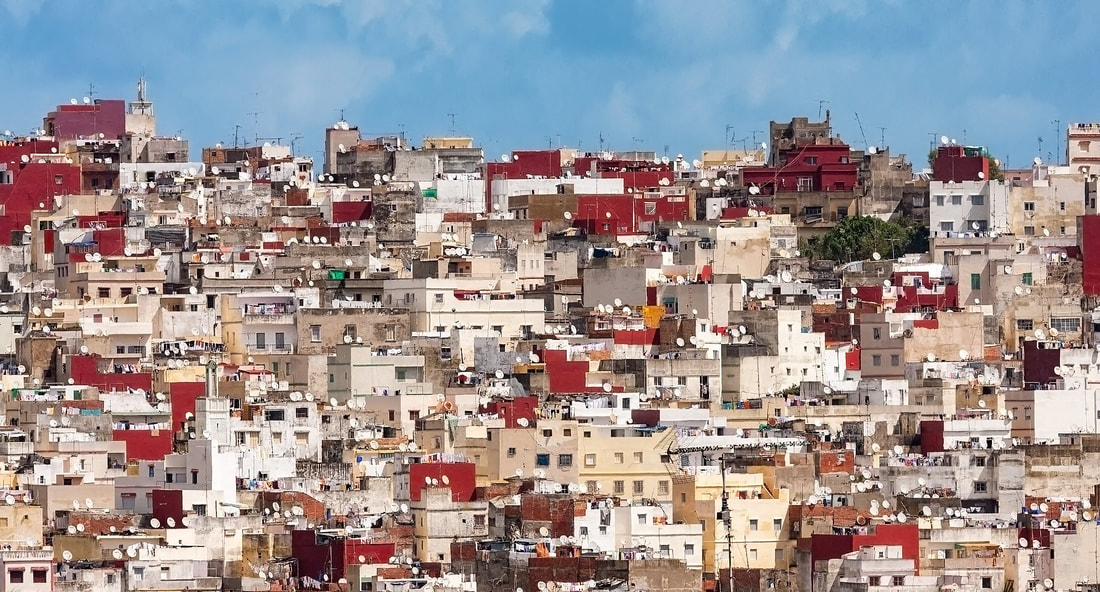
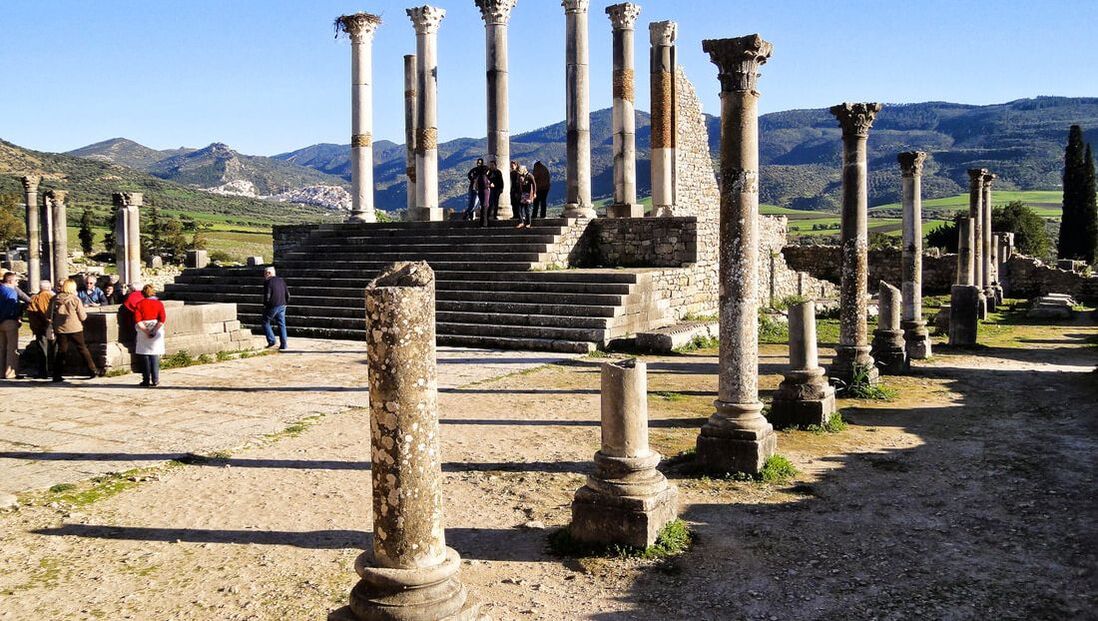

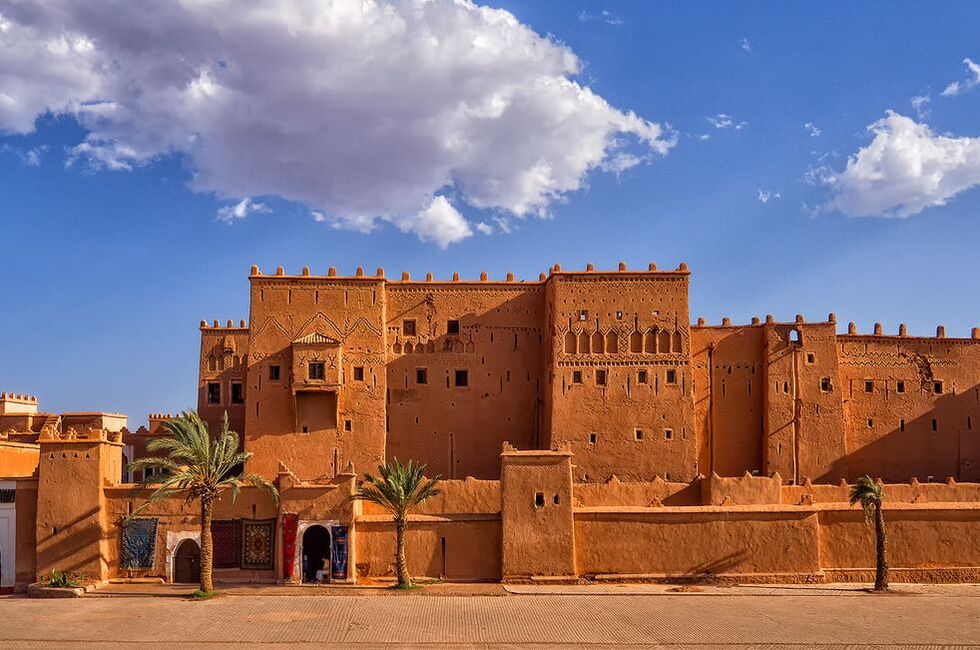
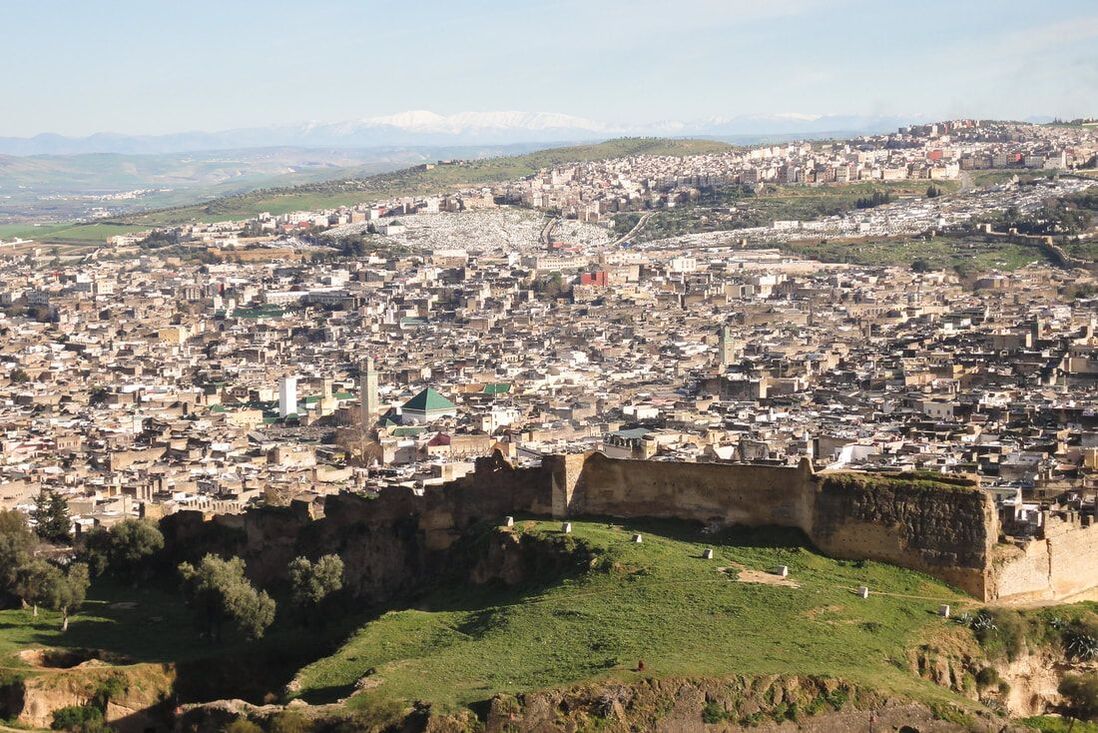




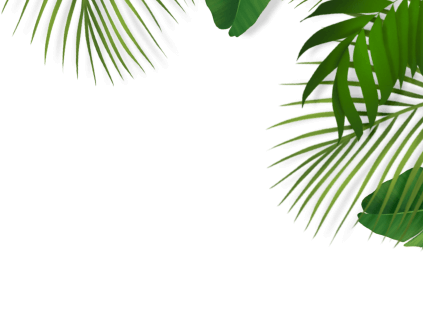
Leave a comment: